Mandala coloring pages for kids have become increasingly popular among parents and educators seeking engaging activities that combine fun with developmental benefits. These intricate circular designs, rooted in ancient spiritual traditions, offer children a unique way to express creativity while developing essential skills. Unlike traditional coloring pages, mandalas provide a structured yet flexible canvas that encourages mindfulness and concentration. As children fill in the geometric patterns and flowing designs, they naturally enter a meditative state that promotes relaxation and focus. Whether you’re a parent looking for screen-free activities or a teacher seeking classroom resources, mandala coloring pages offer an perfect solution that entertains while educating.
Click on picture to get your PDf
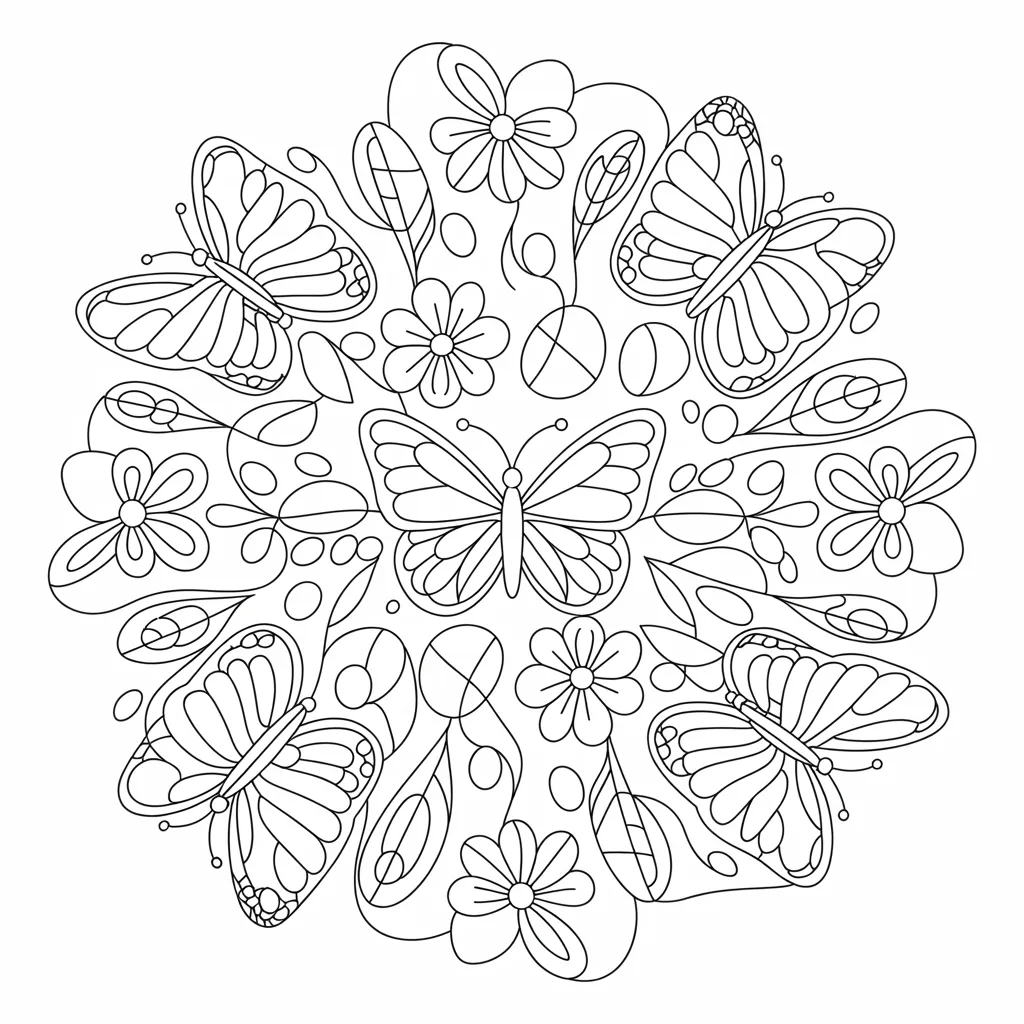
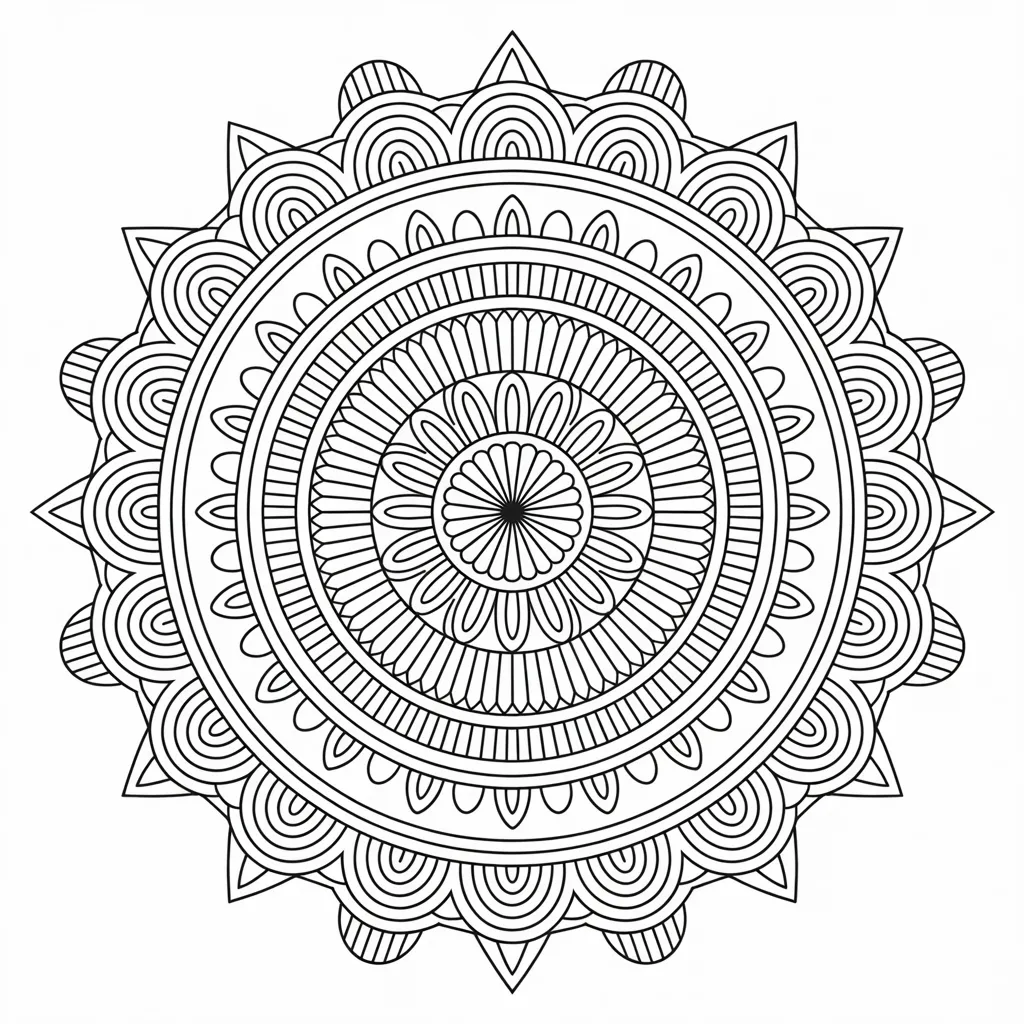
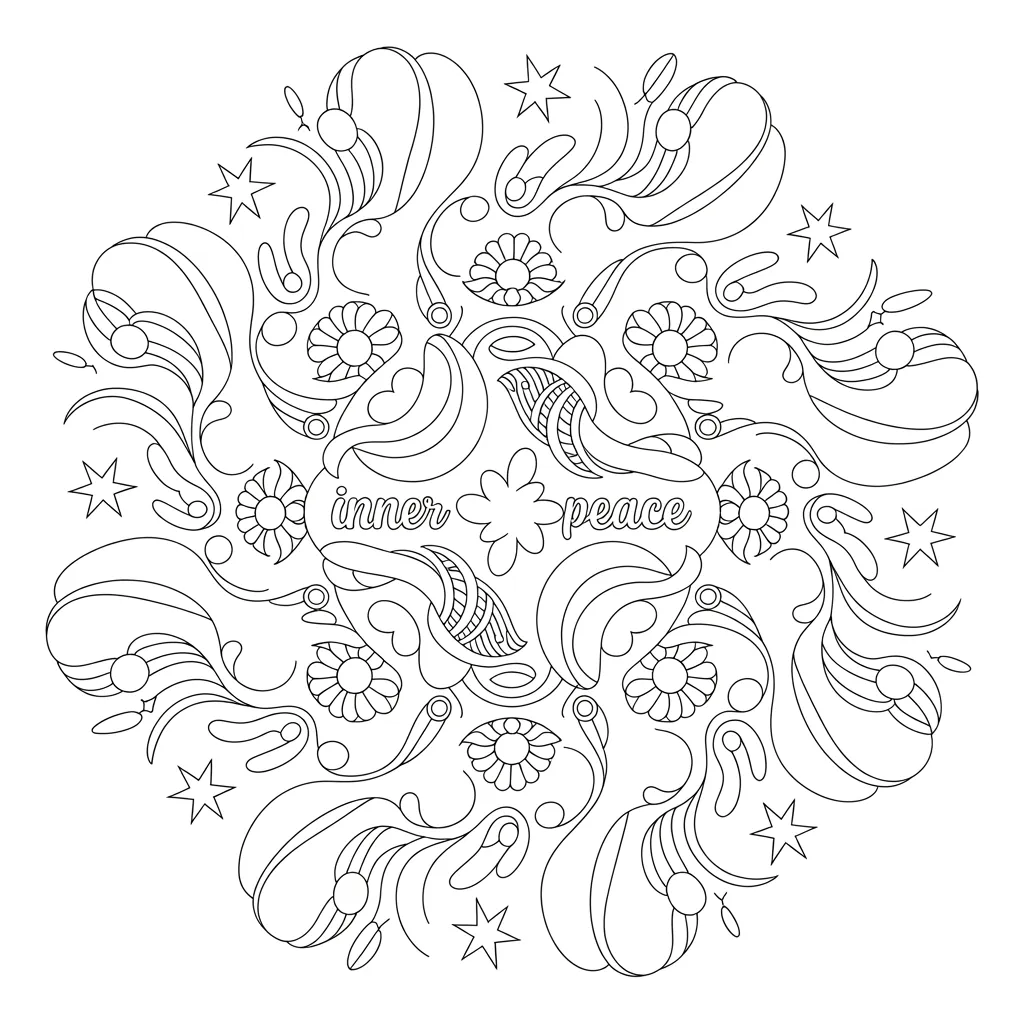
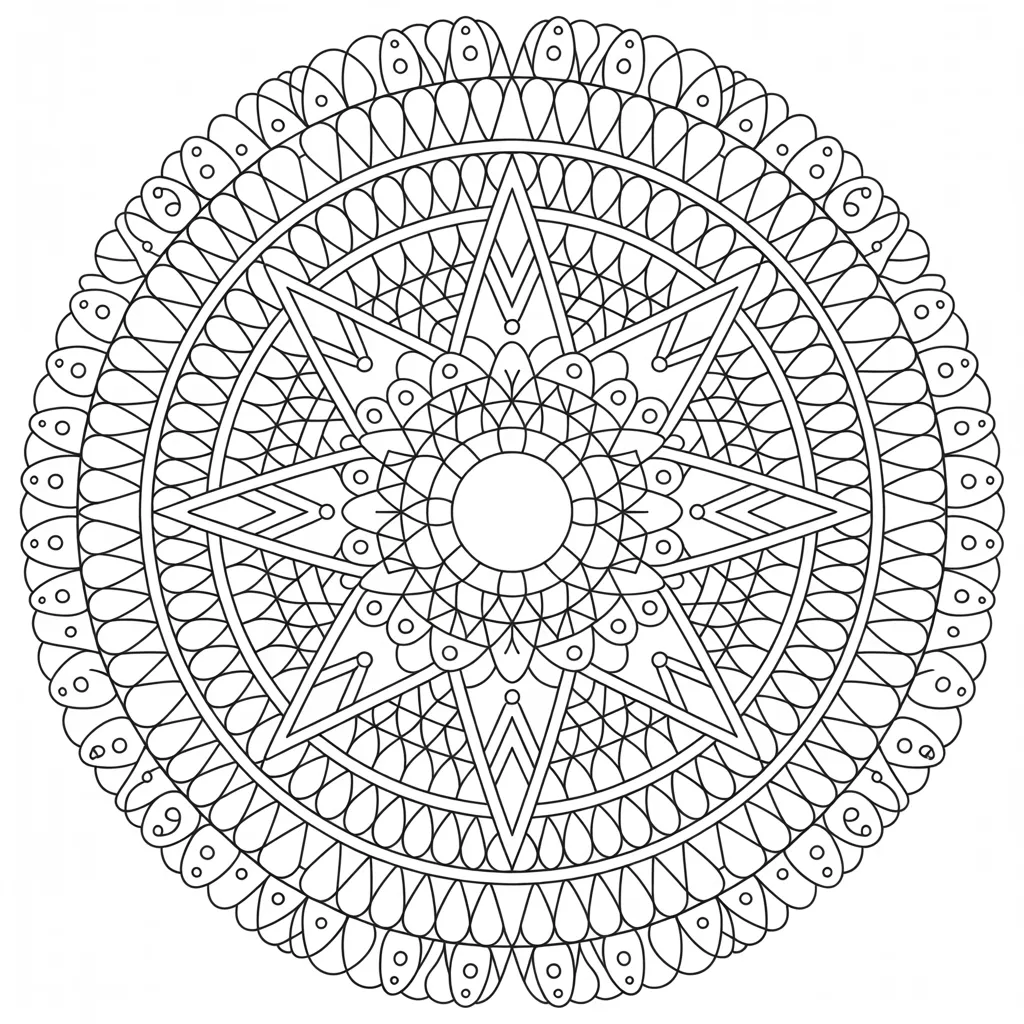


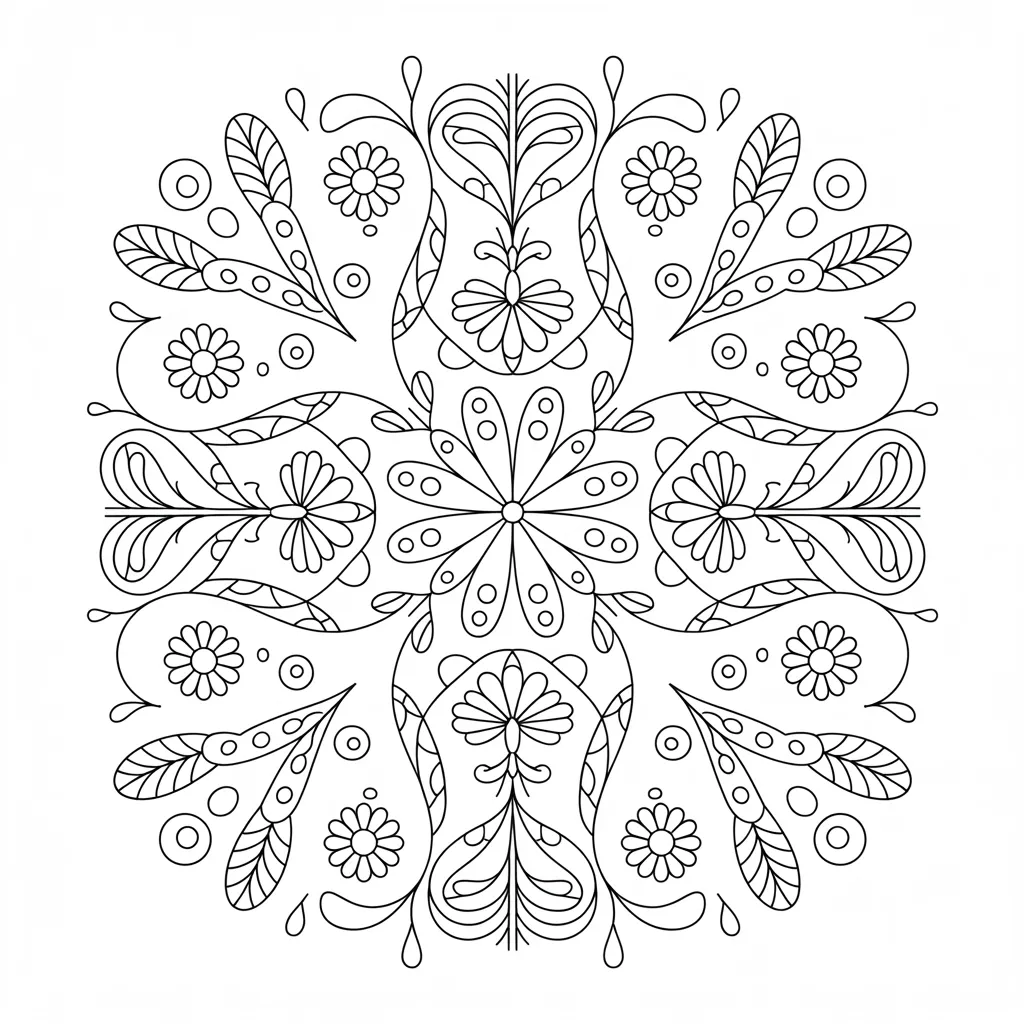
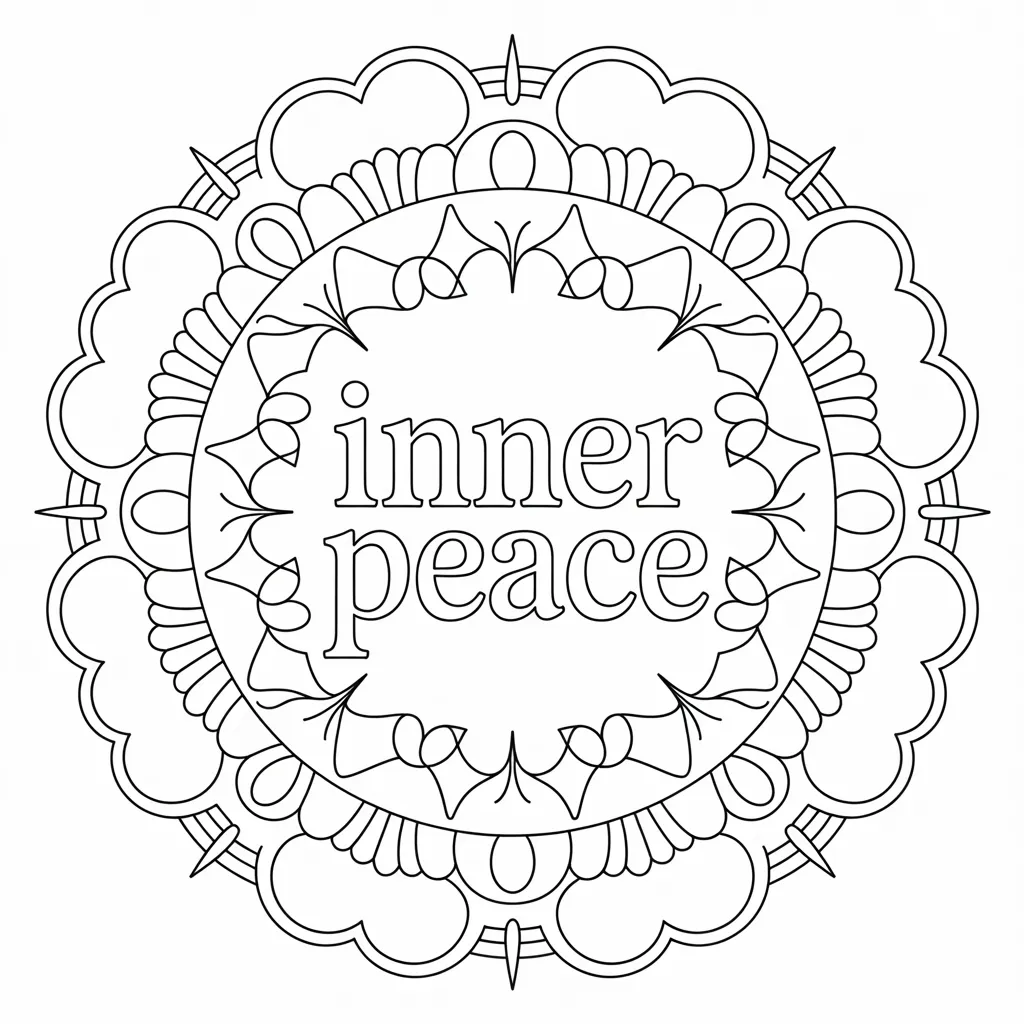
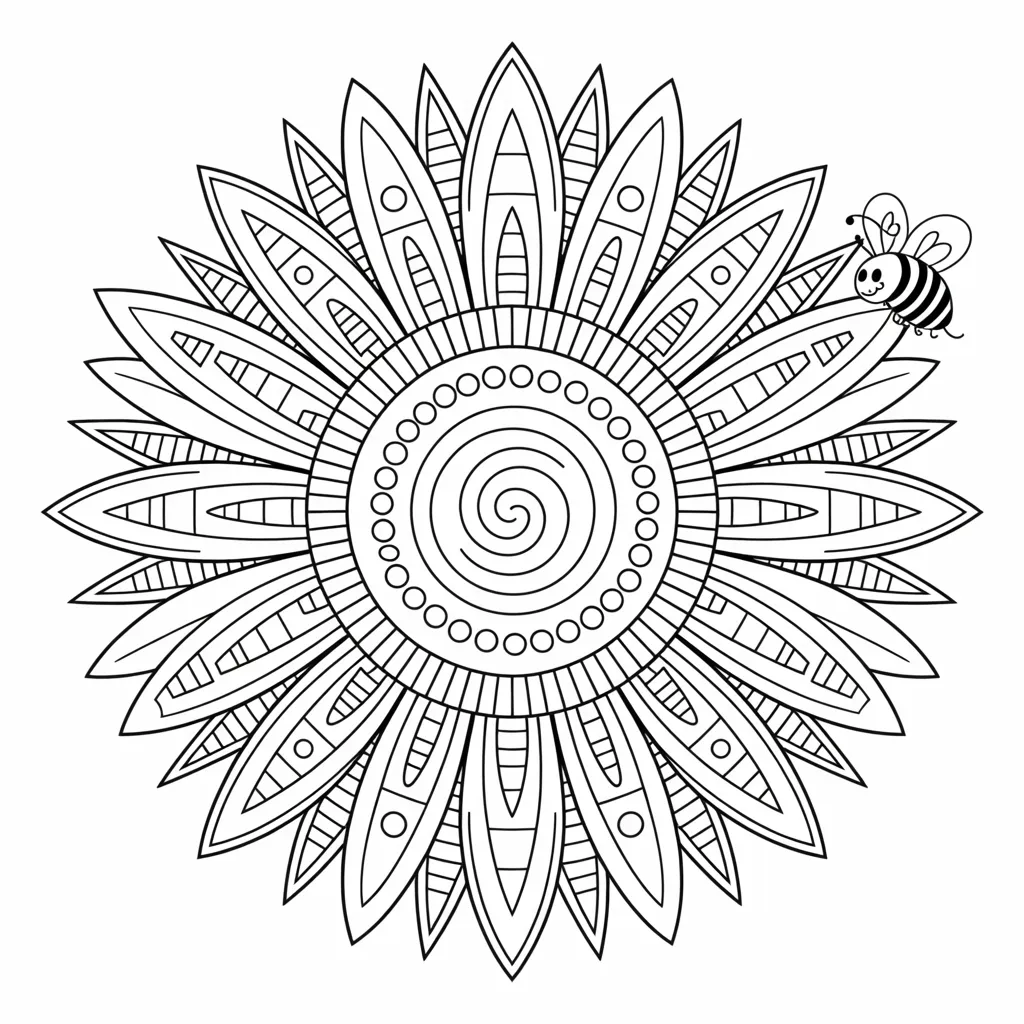
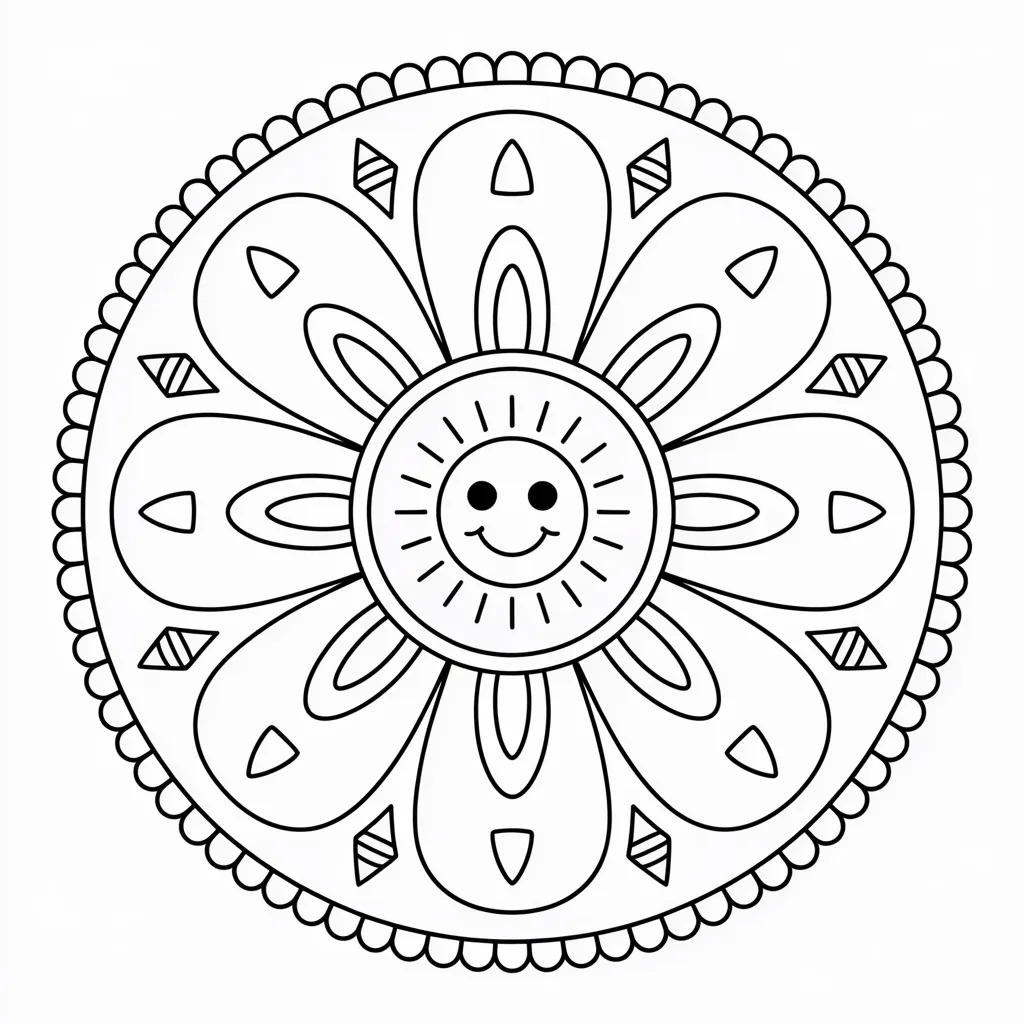
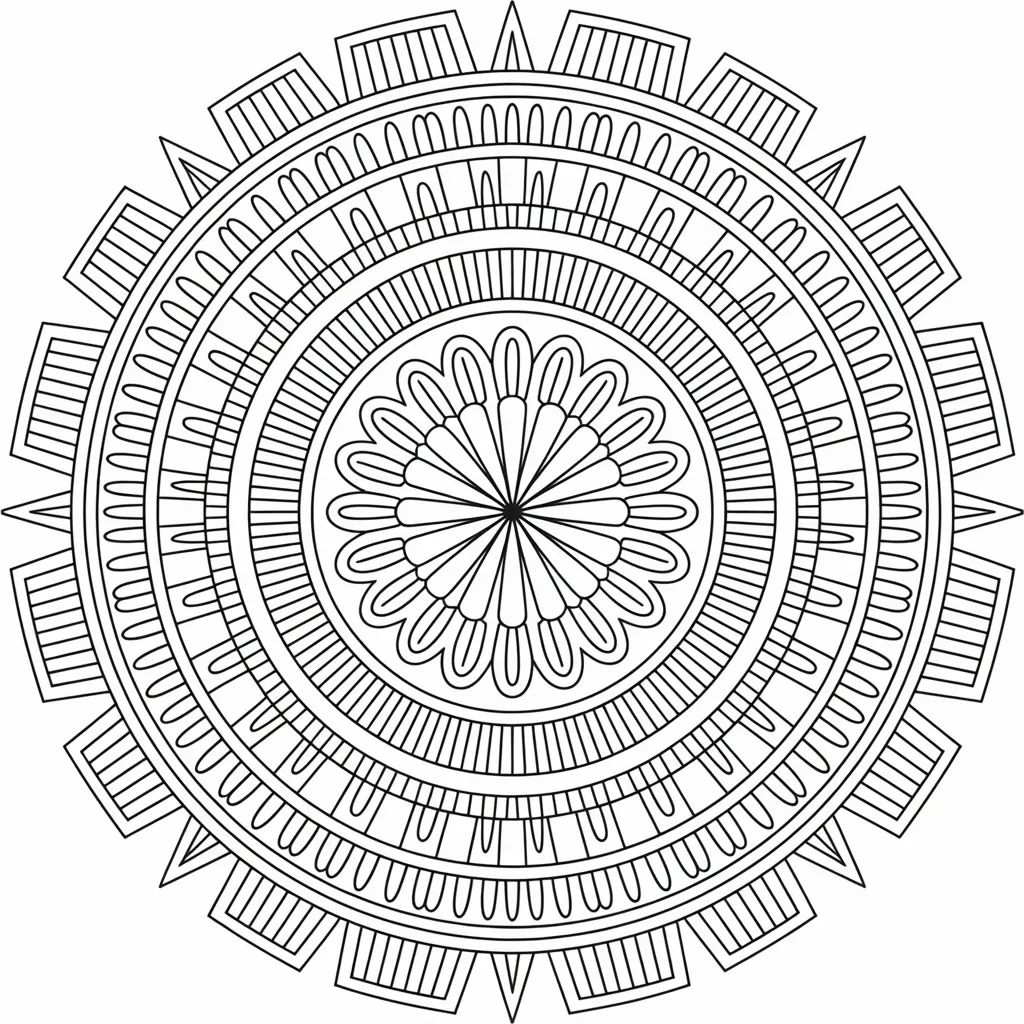
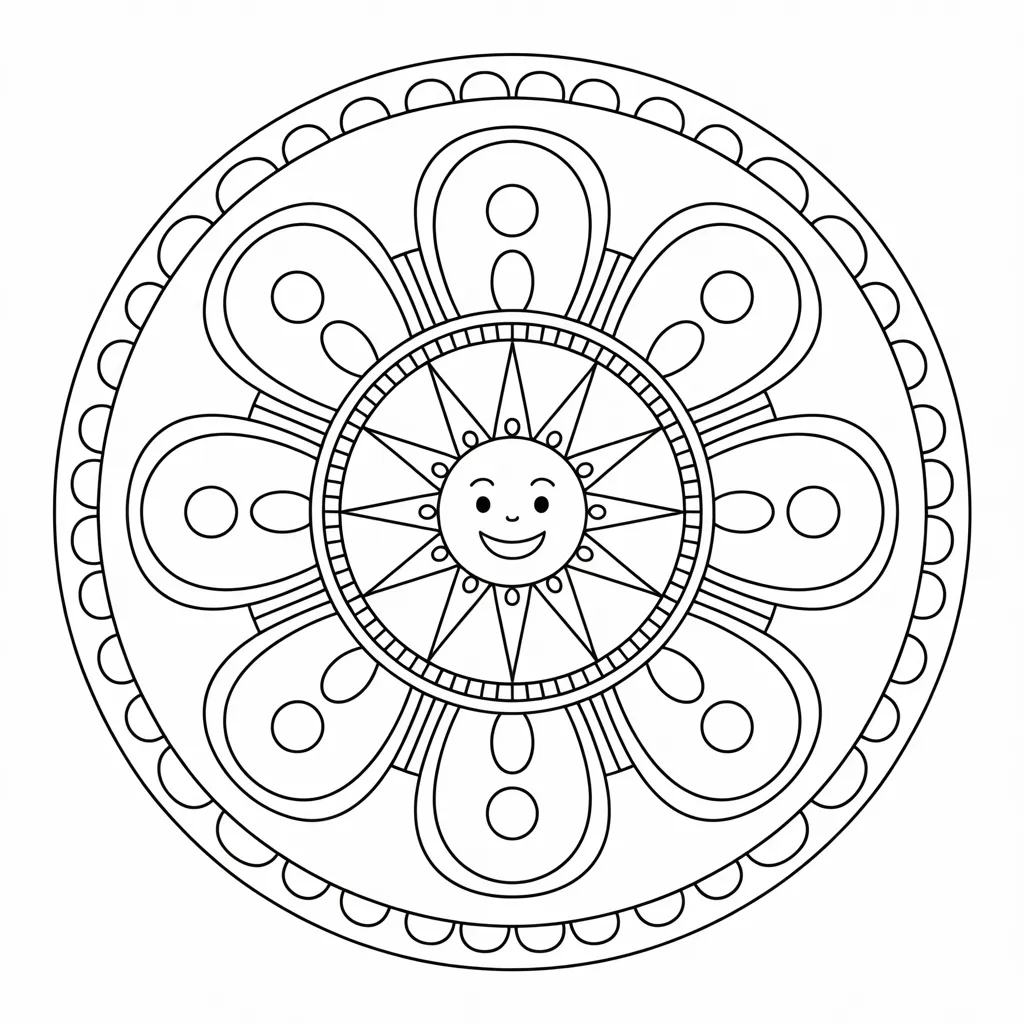
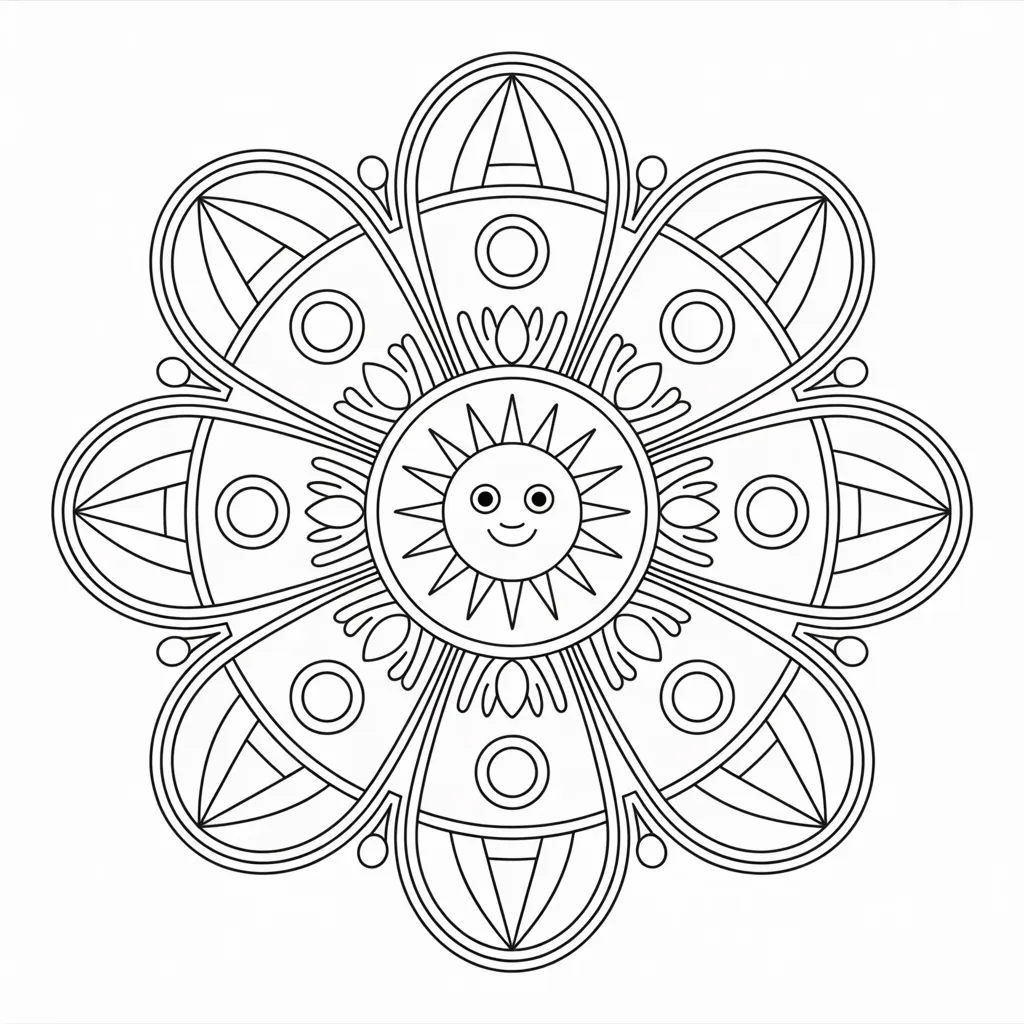
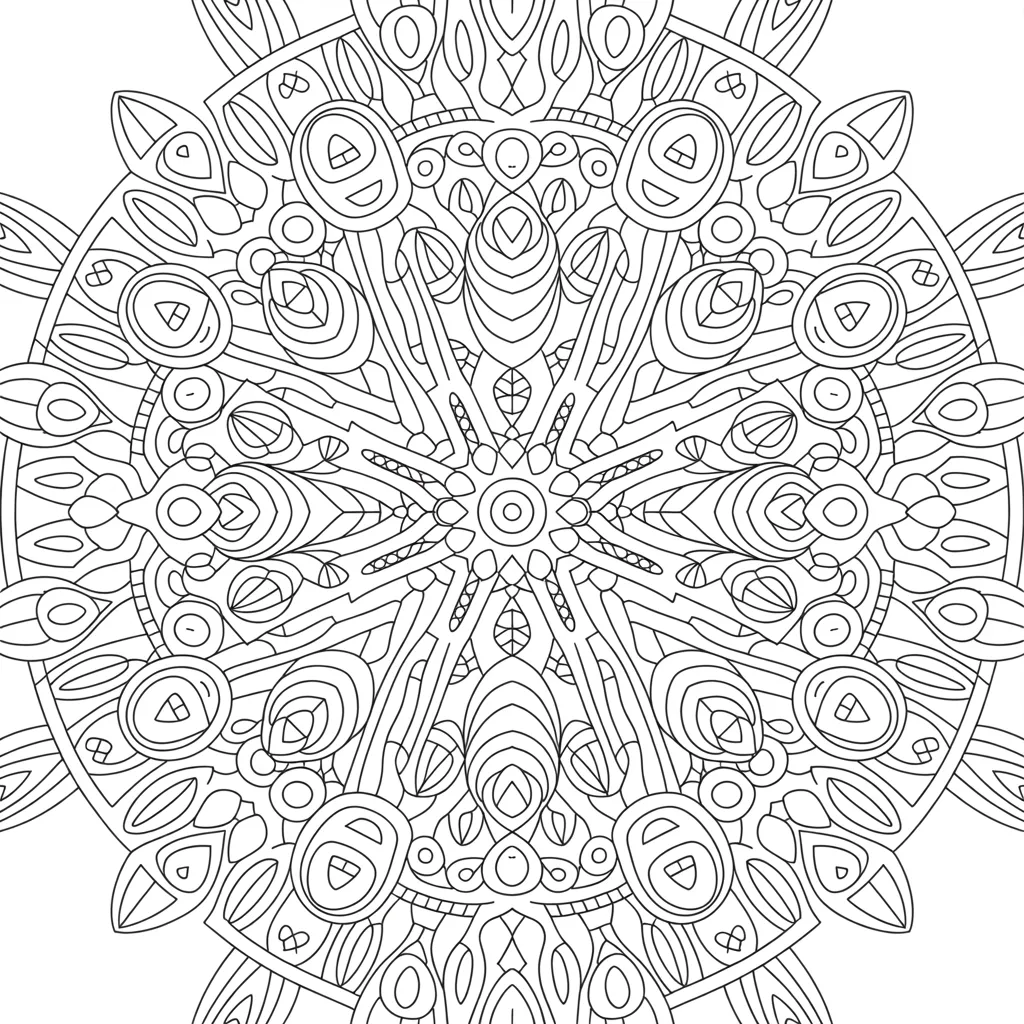
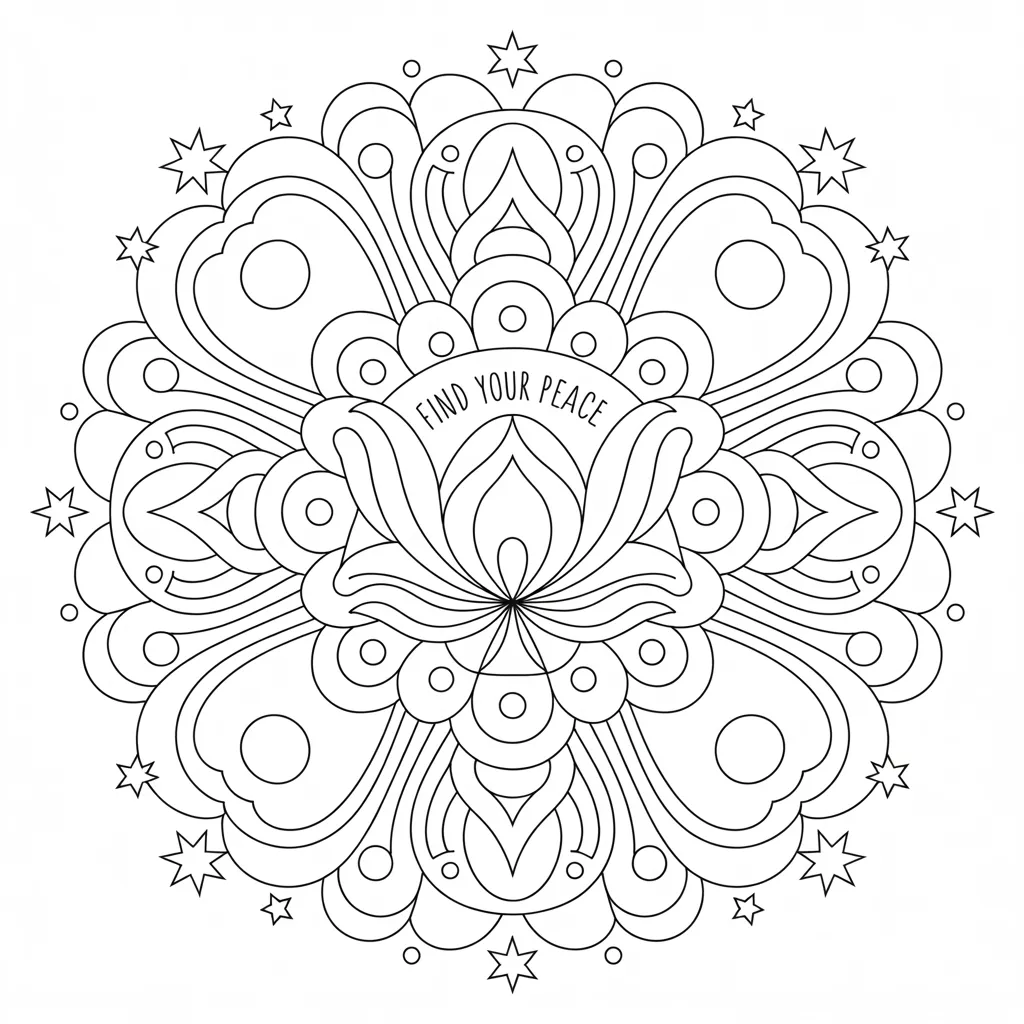
The Educational Benefits of Mandala Coloring Pages
Developing Fine Motor Skills and Hand-Eye Coordination
Mandala-coloring-pages for kids provide excellent opportunities to strengthen fine motor skills essential for writing and daily activities. The intricate patterns require precise movements and careful attention to detail, helping children develop better control over their hand movements. As young artists navigate the small spaces and curved lines within mandala designs, they naturally improve their grip strength and finger dexterity.
The repetitive nature of mandala patterns also enhances hand-eye coordination as children learn to guide their coloring tools along specific paths. This practice translates directly to improved handwriting skills and better performance in other activities requiring precise motor control.
Enhancing Focus and Concentration
One of the most significant benefits of mandala-coloring is its ability to improve children’s attention spans. The structured nature of these designs requires sustained focus, gradually training young minds to concentrate for longer periods. Unlike many modern activities that provide instant gratification, mandala coloring teaches patience and persistence.
Research shows that children who regularly engage with mandala coloring pages demonstrate improved ability to focus on academic tasks and show reduced symptoms of anxiety and restlessness.
Age-Appropriate Mandala Designs for Different Skill Levels
Simple Mandala Coloring Pages for Younger Children (Ages 3-6)
Younger children benefit most from simple mandala designs featuring large sections and basic geometric shapes. These beginner-friendly patterns typically include:
- Large flower petals with minimal detail
- Basic circular patterns with wide spaces
- Simple geometric shapes arranged in symmetrical designs
- Bold outlines that are easy to follow
These simplified versions maintain the essential meditative quality of mandalas while ensuring young children don’t become frustrated with overly complex details.
Intermediate Designs for Elementary Students (Ages 7-10)
Elementary-age children can handle more detailed mandala coloring pages that challenge their growing skills. These designs often feature:
- Multiple layers of patterns within the circular format
- Moderate detail levels that require careful attention
- Nature-inspired elements like leaves, flowers, and animals
- Combination patterns that blend geometric and organic shapes
Advanced Mandala Coloring Pages for Older Kids (Ages 11+)
Older children and pre-teens can tackle complex mandala designs that rival adult coloring books. These sophisticated patterns include:
- Intricate geometric patterns with fine details
- Multiple overlapping design elements
- Complex symmetrical arrangements
- Detailed nature scenes incorporated into mandala formats
Creative Ways to Use Mandala Coloring Pages in Learning
Incorporating Mandalas into Art Education
Teachers can integrate mandala coloring pages for kids into comprehensive art curricula by exploring the cultural origins and mathematical concepts behind these designs. Students can learn about symmetry, patterns, and geometric relationships while creating beautiful artwork.
Consider organizing mandala art exhibitions where children display their completed works, fostering pride in their artistic achievements and encouraging continued engagement with creative activities.
Using Mandalas for Mindfulness and Emotional Regulation
Many educators are discovering the therapeutic benefits of mandala coloring for helping children manage stress and emotions. The meditative quality of these activities can serve as effective tools for:
- Calming anxious students before tests
- Providing peaceful transitions between activities
- Helping children process difficult emotions
- Creating quiet time for reflection and relaxation
Cross-Curricular Connections
Mandala coloring pages can support learning across multiple subjects. Math teachers can use them to explore concepts of symmetry, geometry, and patterns. Social studies educators can incorporate cultural discussions about the origins of mandalas in various traditions. Science teachers might connect mandala patterns to natural phenomena like snowflakes, flowers, and cellular structures.
Tips for Parents and Teachers
Creating the Right Environment
Establishing an appropriate setting enhances the benefits of mandala coloring activities. Consider these environmental factors:
- Provide adequate lighting to prevent eye strain
- Ensure comfortable seating that promotes good posture
- Minimize distractions by creating a quiet space
- Keep quality coloring materials easily accessible
Choosing the Right Materials
The quality of coloring materials significantly impacts the experience. Invest in:
- Colored pencils for precise detail work
- Fine-tip markers for bold, vibrant colors
- Crayons for younger children who need easier grip
- High-quality paper that won’t tear easily
Encouraging Without Pressuring
While mandala coloring pages for kids offer numerous benefits, it’s important to maintain a pressure-free environment. Allow children to work at their own pace and make creative choices about colors and completion levels. Remember that the process is more important than the final product.
Conclusion
Mandala coloring pages for kids represent far more than simple entertainment – they’re powerful tools for development, learning, and emotional well-being. From improving fine motor skills to enhancing focus and creativity, these beautiful designs offer countless benefits for children of all ages. Whether used in classrooms, homes, or therapeutic settings, mandala coloring pages provide an accessible way to support children’s growth while introducing them to the joy of mindful creativity. Start incorporating these amazing resources into your child’s routine today and watch as they develop greater focus, patience, and artistic confidence through the meditative practice of mandala coloring.
Best Apps for Alphabet Learning: 15 Powerful Tools for Early Literacy
Frequently Asked Questions
Q: What age is appropriate for mandala coloring pages for kids? A: Children as young as 3 can enjoy simple mandala designs, while older kids up to teens can handle complex patterns. The key is choosing age-appropriate designs that match the child’s fine motor skills and attention span.
Q: How long should children spend on mandala coloring activities? A: Start with 10-15 minutes for younger children and gradually increase to 30-45 minutes for older kids. Follow the child’s interest level and don’t force extended sessions.
Q: Can mandala coloring help children with ADHD or anxiety? A: Many parents and therapists report that mandala coloring can help children with ADHD improve focus and reduce anxiety symptoms. The structured, repetitive nature of the activity promotes calm and concentration.
Q: What’s the difference between mandala coloring pages and regular coloring pages? A: Mandala coloring pages feature circular, symmetrical designs that promote mindfulness and meditation. They typically require more sustained attention and offer greater benefits for developing focus and fine motor skills.
Q: Where can I find quality mandala coloring pages for kids? A: Quality mandala coloring pages are available through educational websites, bookstores, libraries, and online resources. Look for age-appropriate designs with clear, bold outlines and engaging patterns.
